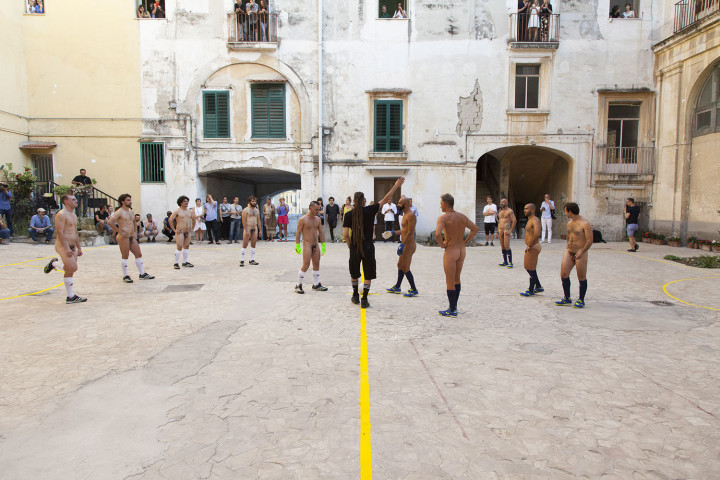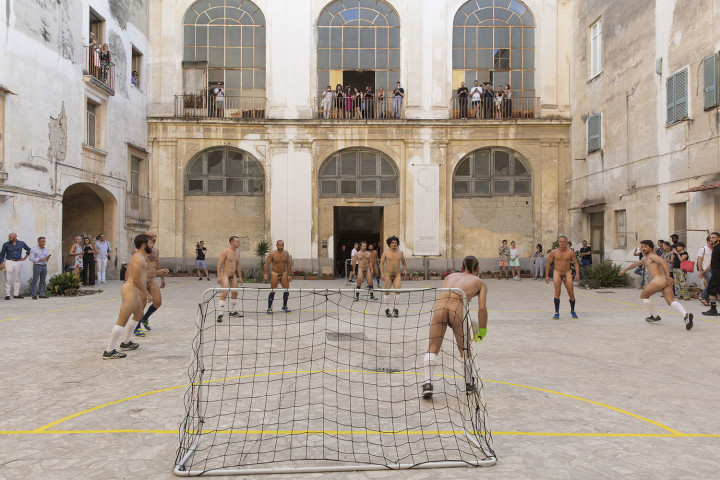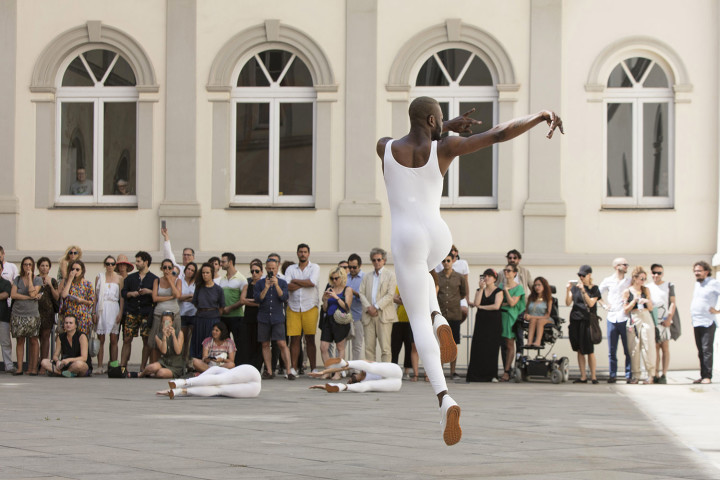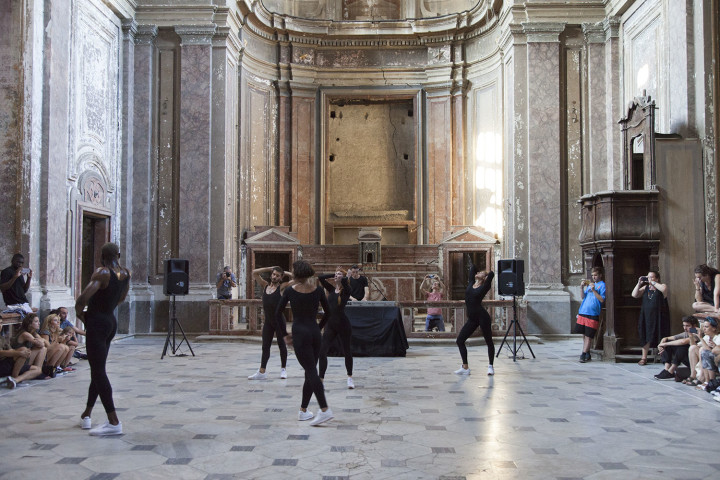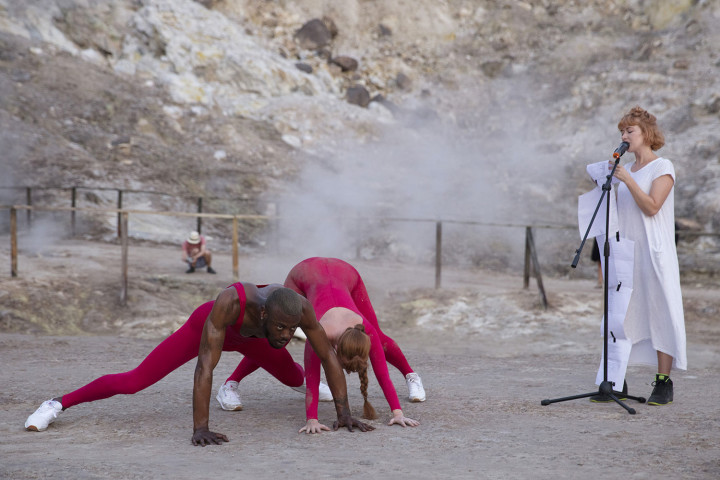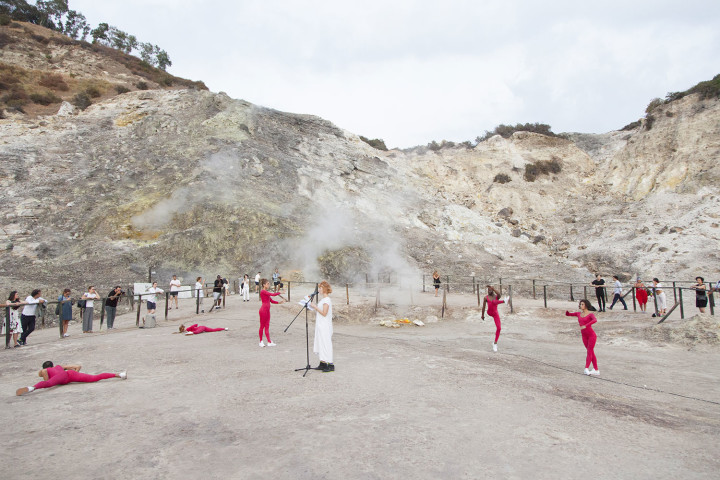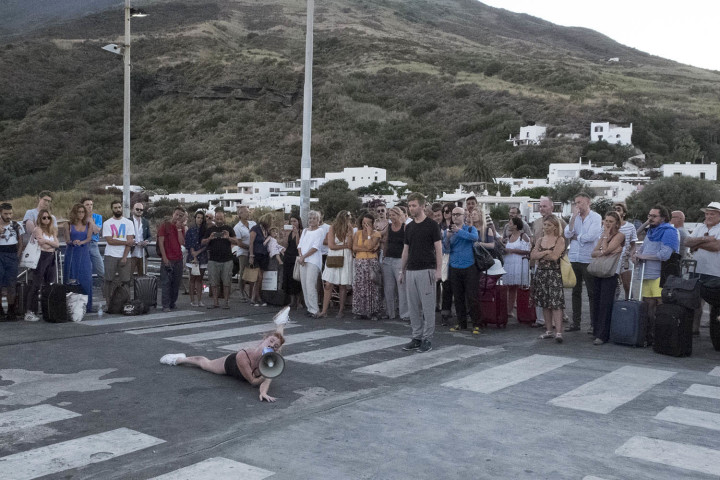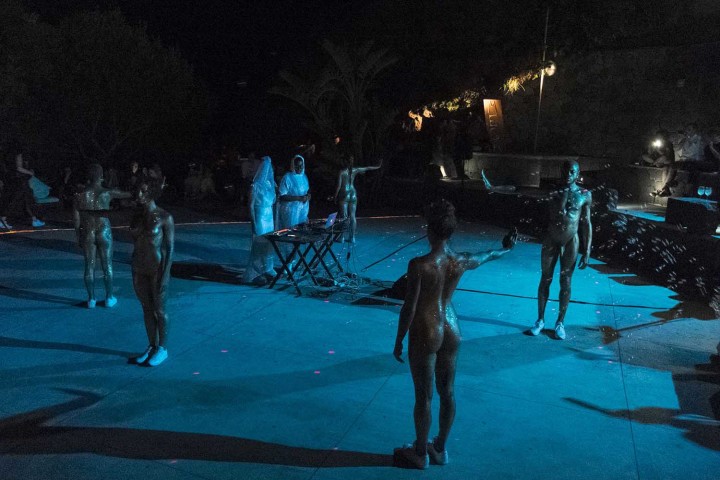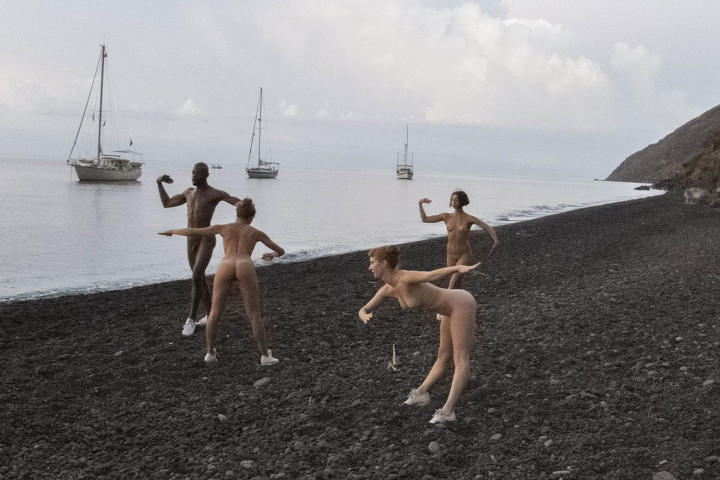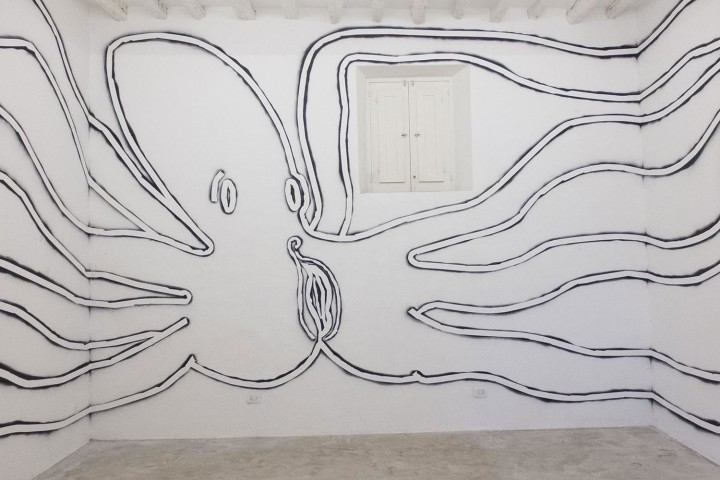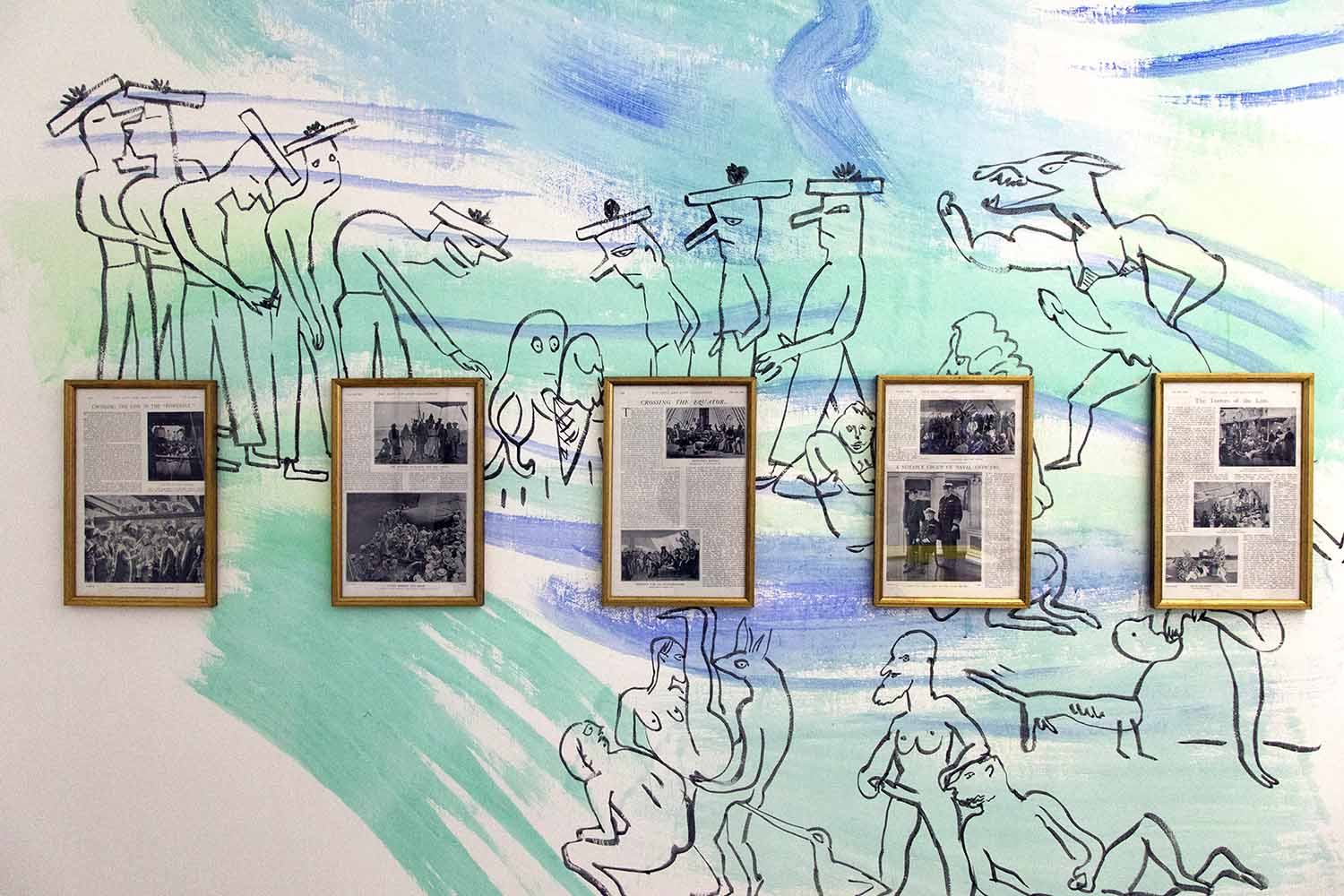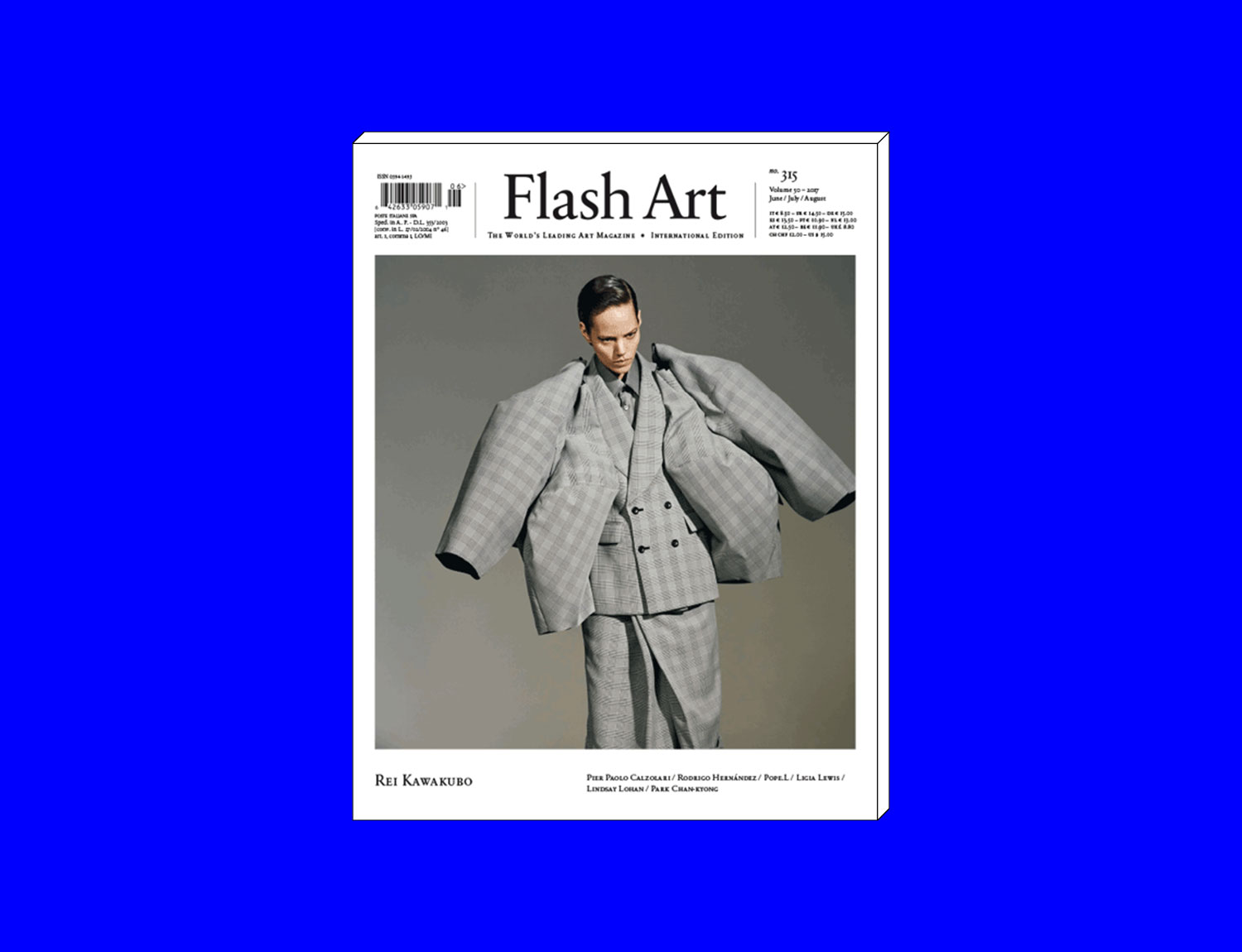At a summer home tucked a stone’s throw away from the island’s humble center, Stromboli, Roberto Rossellini’s masterpiece, is projected every night, regardless of how many people show up to watch. The venue is the very same location where the radiant Ingrid Bergman stayed during the film’s production — the love nest where she would allegedly meet with Rossellini for late-night rendezvous.
Perhaps this daily ritual keeps the memory of the film alive — a film that massively iconized a vivid Strombolian imagination. As Gilles Deleuze theorizes in Difference and Repetition (Columbia University Press, New York, 1994), it is the act of repetition that reveals the core essence of the subject at hand. It also generates difference whereby every iteration produces a different experience for the subject that bears witness to it: on the one hand, a fixed structure given by the soundness of essence; on the other, the mobility of subjective interpretation.
This discussion around Rossellini’s film could be extended to Volcano Extravaganza 2017, the summertime contemporary arts festival organized by Fiorucci Art Trust. Curated by director Milovan Farronato, the festival has been colonizing the dreamy Aeolian island for seven years now. In partnership with UK music enterprise The Vinyl Factory, the 2017 edition made its way to Naples, too.
This year’s “artistic leader” Eddie Peake presents “a constellation of performative acts” under the rubric “I Polpi” (The Octopuses), which collectively explore the body, its limits and its excesses; in addition to performances it includes site-specific murals in the Fiorucci Art Trust Stromboli location.
Peake, a British artist who graduated from the Royal Academy, explores themes of sexuality, language and self-portraiture. Less frequently, he focuses on reenactment and repetition (and therefore difference) — concepts that, by destructuring the notion of “variations on a theme,” make up the backbone of “I Polpi.”
In music, a variation on a theme is a relatively simple structure based on a melody presented in its original form and then successively reconsidered through variations. In “I Polpi,” Peake applies this strategy to his new performance To Corpse. In theater slang, “to corpse” means to involuntarily break character by hysterically laughing. He appropriates the term by making it the title of a series of five performances in which five dancers interpret his choreography for twenty minutes or so. The choreography itself is the weft, or at least the fixed motif across all five acts. The warp is much more complex; Peake invites musicians, artists and poets to propose their own drastically altered interpretations. The space, too, transforms each time across the astonishing backdrops of Naples and Stromboli.
July 13, 2017
Animals (a reenactment of the 2012 performance Touch) is the first performance, a thirty-minute, five-on-a-side soccer game set in The Morra Foundation’s courtyard. With the exception of cleats and socks, the players are nude and play head to head on a makeshift court. The initial eroticism of the active male musculature is quickly desensitized and transformed into a candid nudity, similar to that found in a locker room. The light just before dusk warmly kisses this unconventional stadium as the audience wildly boos and cheers — a scene that is a nod to an Italian stereotype. The game is a tie, 7-7.
July 14, 2017
Variation 1 of To Corpse unfolds with electronic musician Actress in the courtyard of the Naples museum MADRE. Five dancers squeezed into white bodysuits perform an alien choreography that evokes sex, clandestine desire, violent impulses, hatred, infatuation and love. Actress’s music supplies a cosmic dimension.
The second variation takes place hours later in the picturesque setting of San Giuseppe delle Scalze, an abandoned (yet not deconsecrated) church from the seventeenth century. An ethereal atmosphere is amplified by Gwilym Gold’s mystical music. The performers, dressed entirely in black and sporting white Reeboks, evoke priests born of some profane religion. Their spontaneous Dionysian gestures transcend space.
The third episode is performed during sunset at Solfatara, a shallow volcanic crater where jets of sulfurous steam are lauded for their miraculous healing properties. Poet Holly Pester accompanies the choreography with an absurd tale about an affective disease that torments with distance and solitude. “I’m tired, I’ve lost the revolution,” she repeats in resignation.
July 15, 2017
The rhythm relaxes on the SNAV ferry bound to Stromboli with the 2005 performance Fox, a work created by Peake and Sam Hacking during their time at the Slade School of Fine Arts. A performer dressed in a fox suit is positioned in front of the boat’s bar. A second performer joins in, liberating the first performer from the mask and taking on the role of the fervent fox. The second performer then gives the first performer his clothes via a stuffy swap that takes place inside the costume. Finally dressed, the first performer can now remove the fox mask while dressed in the borrowed clothes. This act is repeated four times in total.
Next, a 2016 performance by Peake and dancer Emma Fisher, titled The Megaphone Duet, is staged on the Scari pier in Stromboli. Dressed in a black bodysuit, Fisher attempts to dance under the guidance of Peake’s stern gaze until Peake takes the microphone and interjects: “I love to watch you perform, move and dance. Do you love me?” In response, Fisher approaches him and hysterically screams, “No fucking way.” She proceeds to slap Peake in the face and then quickly embrace him. A power dynamic is evident, like the relationship between master and student — or perhaps a case of Stockholm Syndrome.
July 16, 2017
Peake’s bodies are pervaded by a reforming frenzy and a violent frailty. The epidermal surface is the site of clash and reconciliation, of internal and external conflict. The experience of each variation is fully shaped by the music and the spirit of the setting.
Variation 4 of To Corpse is held at Club Megà in Stromboli around midnight. Evan Ifekoya and Victoria Sin’s music accompany the five performers, who are now completely nude and covered in shimmering gold powder. The performance is vigorous, alternating between erotic moments and thematic undertones of vice and excess — a stark contrast to the next performance.
The fifth and final variation is set on the shoreline. There is no music this time; the only audible rhythm is the island’s soundscape. Waves lapping at the shore caress the silent choreography. The dancers’ figures are silhouetted by the dawn sky, bringing the performance to a silent, static coda marked by the closing curtain of a oncoming storm.

